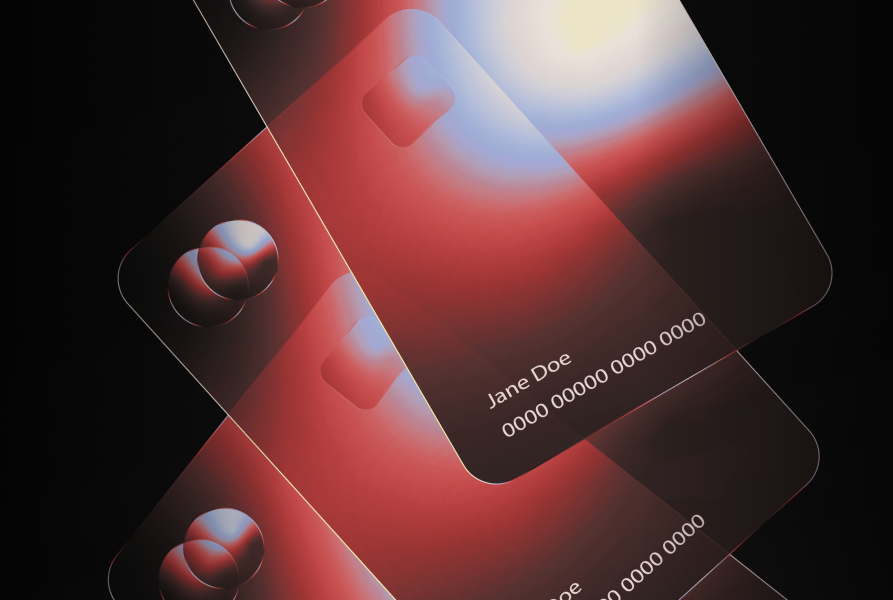J.P. Morgan is using Ethereum to launch a 'digital U.S. dollar'—here's what it means for blockchain

Quick Take
-
The payment rails of the future have arrived

By Andrew Keys, Co-Founder of ConsenSys Capital. Read Andrew Keys’s “19 Blockchain Predictions for 2019.”
***
One blockchain milestone that I’ve been anticipating this year is the slow but sure arrival of the institutional herd. Well, the herd is arriving. J.P. Morgan just became the first bank to create and successfully test a digital coin that represents the U.S. dollar and plans to extend their digital coin to other major currencies.
The JPM Coin was built on Quorum, an enterprise iteration of the Ethereum blockchain, that enables the instantaneous transfer of payments between institutional accounts.
While J.P. Morgan is the first U.S. bank to issue a blockchain-based digital coin that represents the U.S. dollar, it is not the first time large financial institutions have used an enterprise implementation of the Ethereum blockchain to tokenize fiat currency.
In 2016, ConsenSys and J.P. Morgan supported Project Ubin, a collaborative industry project in which the Monetary Authority of Singapore and 11 institutional banks prototyped a real-time gross settlement solution using a Quorum network of the Ethereum blockchain. Last year, ConsenSys also partnered with the South African Reserve Bank (SARB) to conduct a proof-of-concept trial with Quorum to process the typical daily volume of payments between the SARB and seven commercial banks with full confidentiality and finality in less than two hours.
JPM Coin is no doubt a high water mark for institutional blockchain adoption. It clues us into the competitive advantages of open source blockchain solutions over proprietary ledgers and also to the future of industry networks and workflows. The Fourth Industrial Revolution is nigh.
Payment rails are changing
The current process for clearing and settling payments often requires at least four transactions across interbank networks and is mediated by a central bank. Not only is this network design inefficient and prone to fraud, but it’s vulnerable: if a central bank’s servers go down, an entire country’s payment clearing system could collapse.
JPM Coin solves this problem by providing real-time gross settlement (RTGS). Rather than waiting two days for payments to clear, network participants can transfer tokenized fiat instantly, confidentially, and with full finality. Counterparty A has an omnibus account with a balance that gets tokenized and sent to Counterparty B's tokenized balance, where it settles immediately.
Source: “J.P. Morgan Creates Digital Coin for Payments”
The payment flow of JPM Coin showcases several of Ethereum’s core benefits for the finance and banking industry. Real-time settlement is huge, but banks also need assurance that their payment networks guarantee access controls, privacy of data, and performance.
Private Networks and the Road to Interoperability
It’s well known that enterprise blockchain use cases often require levels of authorization in order to control which parties can join the network. Ethereum offers granular privacy controls for business networks that want to form a blockchain consortium distinct from the public mainnet. With Quorum’s permissioning layer, financial institutions can trust that only authorized parties can join their private Ethereum network. Constellation, Quorum’s privacy module, uses parameters to allow participants to exchange private transactions and ensures that confidential transaction data remains confidential.
JPM’s Digital U.S dollar utilizes Quorum because it’s a private blockchain. It’s been my thesis for years that in the grand timeframe of blockchain adoption, 2019 in blockchain years is the equivalent of 1995 in internet years. Undoubtedly, we still have a long way to go and notable strides, such as institutional adoption of digital assets are happening daily. Until privacy and scalability are improved, we'll be working on "intranets"/private blockchains. Again, daily improvements are being made toward greater privacy controls through zero-knowledge proof technology and public Ethereum scalability via layer one and two solutions.
Ethereum is pervasive. Enterprise blockchains have been rapidly developing proof of concepts, and pilots over the past year, now moving towards full-blown working products. While various private blockchain consortiums are attempting to become the enterprise blockchain moguls, Ethereum has proven to meet the demands of major corporations. Ethereum is open source demonstrating its flexibility in the form of Quorum.
What JPM Coin means for the future of enterprise blockchain solutions
Over the next year, I expect more and more firms to realize the potential benefits for enterprises, most notably, interoperability. Ethereum provides an integrated infrastructure stack that will enable the interoperability between blockchains and business networks. While Quorum and other private iterations of Ethereum are significant steps towards a more open financial system, the long-term value of enterprise Ethereum is interoperability with the public mainnet, which offers global reach, extreme resilience, and high integrity. Mainnet compatibility will significantly reduce the amount that enterprises currently invest in IT infrastructure and security.
JP Morgan obviously realizes the value blockchains and new digital assets can provide, and has likely been watching the stablecoin market unfold with the creation of Circle’s USD coin and the Gemini dollar. The next generation of production-ready blockchain implementations is rapidly developing.
PegaSys
PegaSys, ConsenSys’ protocol engineering spoke, is making Enterprise Ethereum a reality. This month, PegaSys will release Pantheon 1.0, an enterprise-grade Ethereum client written in Java, which can be used for both private and public networks. Pantheon will be open-sourced under the permissive Apache 2.0 software license, and is designed to be more performant, pluggable, and maintainable than current Ethereum clients.
The PegaSys team is building new privacy and permissioning tools that will make Enterprise Ethereum more powerful, and they are working with a number of enterprises to build out use cases for large consortiums in finance, supply chain, and healthcare.
Cryptoeconomics––going beyond payments
Blockchain networks enable so much more than faster payments from an enhanced settlement layer. Ethereum creates an incentive layer, where cryptoeconomic principles allow business networks to develop mechanisms that both punish nefarious activity and reward beneficial activities such as verification and availability.
Tokenized fiat through stablecoins, securities, and other financial products are slowly making their way to the center stage. Businesses are able to tokenize any asset on Ethereum that has been registered in a digital format. By tokenizing assets, organizations can fractionalize previously monolithic assets (real estate), expand their line of products (provably rare art), and unlock new incentive models (crowdsourced data management).
An operating system for the future
As previously stated, 2019 in blockchain years is the equivalent of 1995 in the internet years. We’re witnessing the rails of the next generation of our financial, social, and political operating systems being built in real-time.
I expect more firms to realize the benefits of using a private Ethereum derived blockchain with the goal of eventually connecting to the Ethereum mainnet. Financial institutions such as JP Morgan Chase are turning their gears, slowly building up to what will be an eventful year for enterprise blockchain and institutional adoption.
What a time to be alive.
© 2025 The Block. All Rights Reserved. This article is provided for informational purposes only. It is not offered or intended to be used as legal, tax, investment, financial, or other advice.





